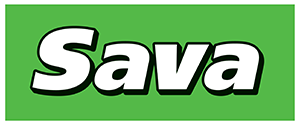Change country
- België
- Belgique
- България
- Česká republika
- Danmark
- Deutschland
- Eesti
- España
- Ελλάδα
- France
- Hrvatska
- Ireland
- Italia
- Latvija
- Lietuva
- Magyarország
- Middle East and Africa
- Nederland
- Norge
- Österreich
- Polska
- Portugal
- România
- Schweiz
- Suisse
- Svizzera
- Slovenija
- Slovensko
- Serbia
- Suomi
- Sverige
- South Africa
- Türkiye
- United Kingdom
- Україна















